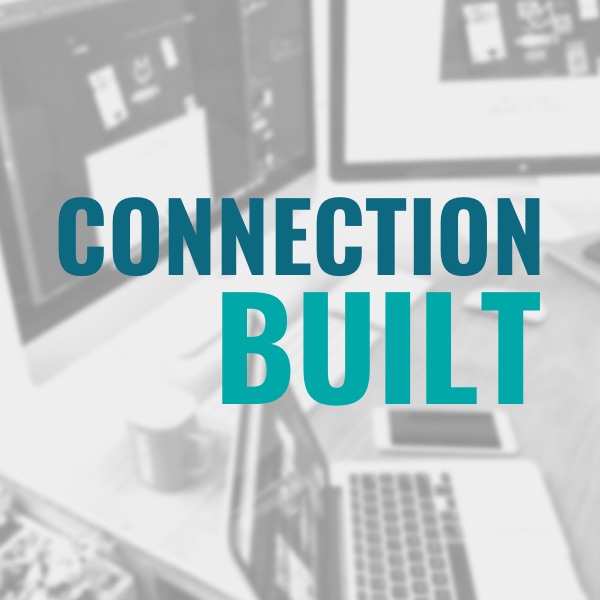The Data of Building Design, Cont.
- Connection Built

- Apr 25, 2022
- 2 min read
Updated: May 4, 2022
So, what can we do with all this data?
We can share it.
One of the best ways to help improve the efficiency of the building design process is better access to the existing building information. And the more accessible and accurate this information is, the less time we need to develop and verify it. "Do you have any existing building information?" is often one of the first questions I ask clients as we look at new projects together.

We can learn from it.
Architects and engineers are problem solvers. And each project we look at has different and unique pieces that need to be brought together. One way to handle this reality is to design new solutions to each new problem as they come up. However, this can be a costly and time-consuming process. If we share our data and learn from it, our ability to reference other examples and previous solutions can kick our effectiveness to the next level.
So, what's next?
These first two items are focused on improving the design process. But how to start to amp up the value of this data for the building owners? As with any system, the easier it is to interface and access, the more value it can bring to more individuals.
One of the challenges that we have currently is that the software used to generate the data can be incredibly complex and challenging to learn and use.
We have a disconnect in the industry regarding who owns this data, the building owner or the designers that created the data.
We don't have any good platforms to share existing building data effectively. We can transfer data during the construction process, but where does it all go once the occupants move into the space?
What if it's less of a feedback loop and more of a digital city? We interface with these existing 3D buildings and spaces and maintain the record as changes and projects happen? We don't start over every time. We pick up where it was last left off?



Comments